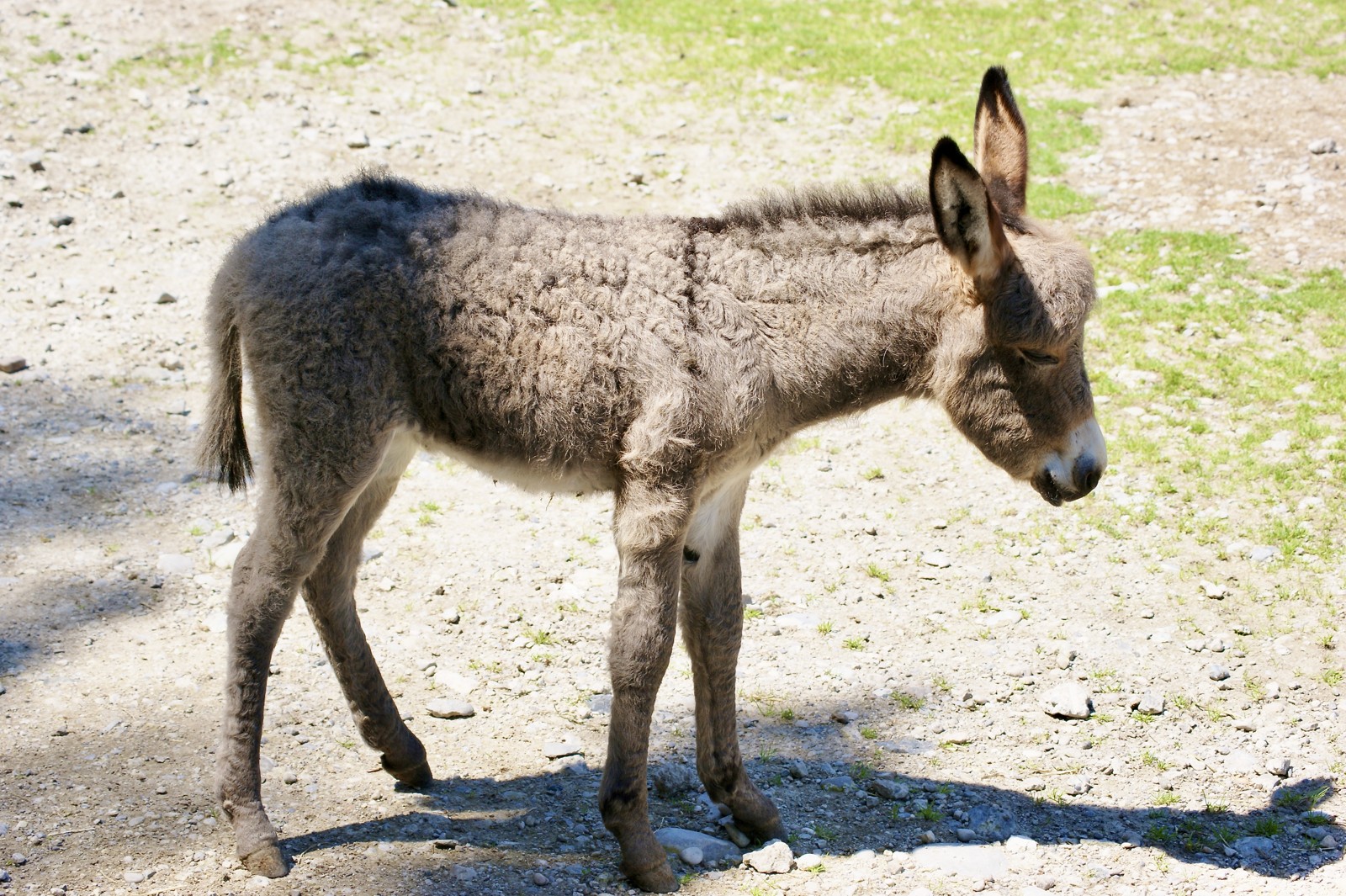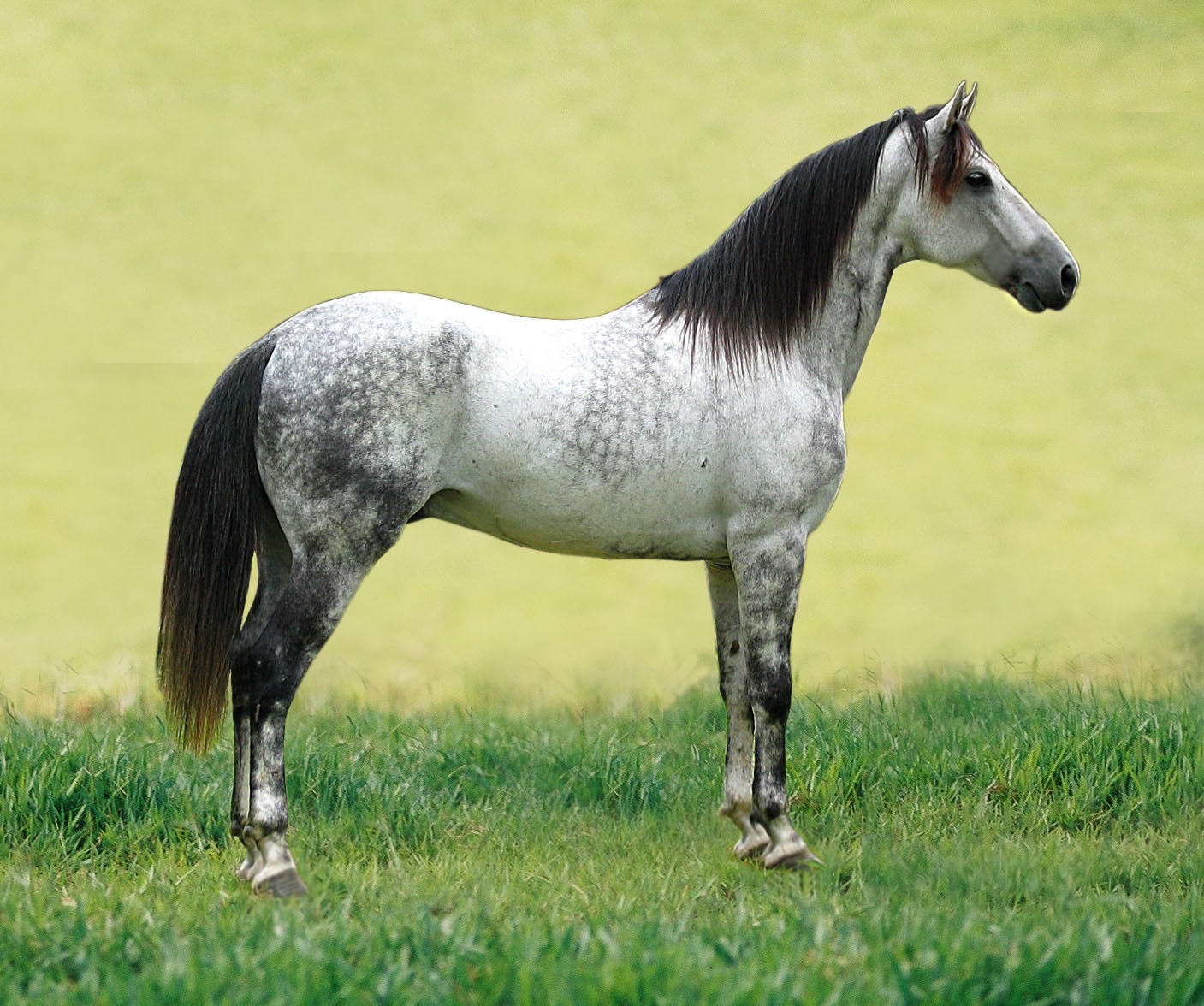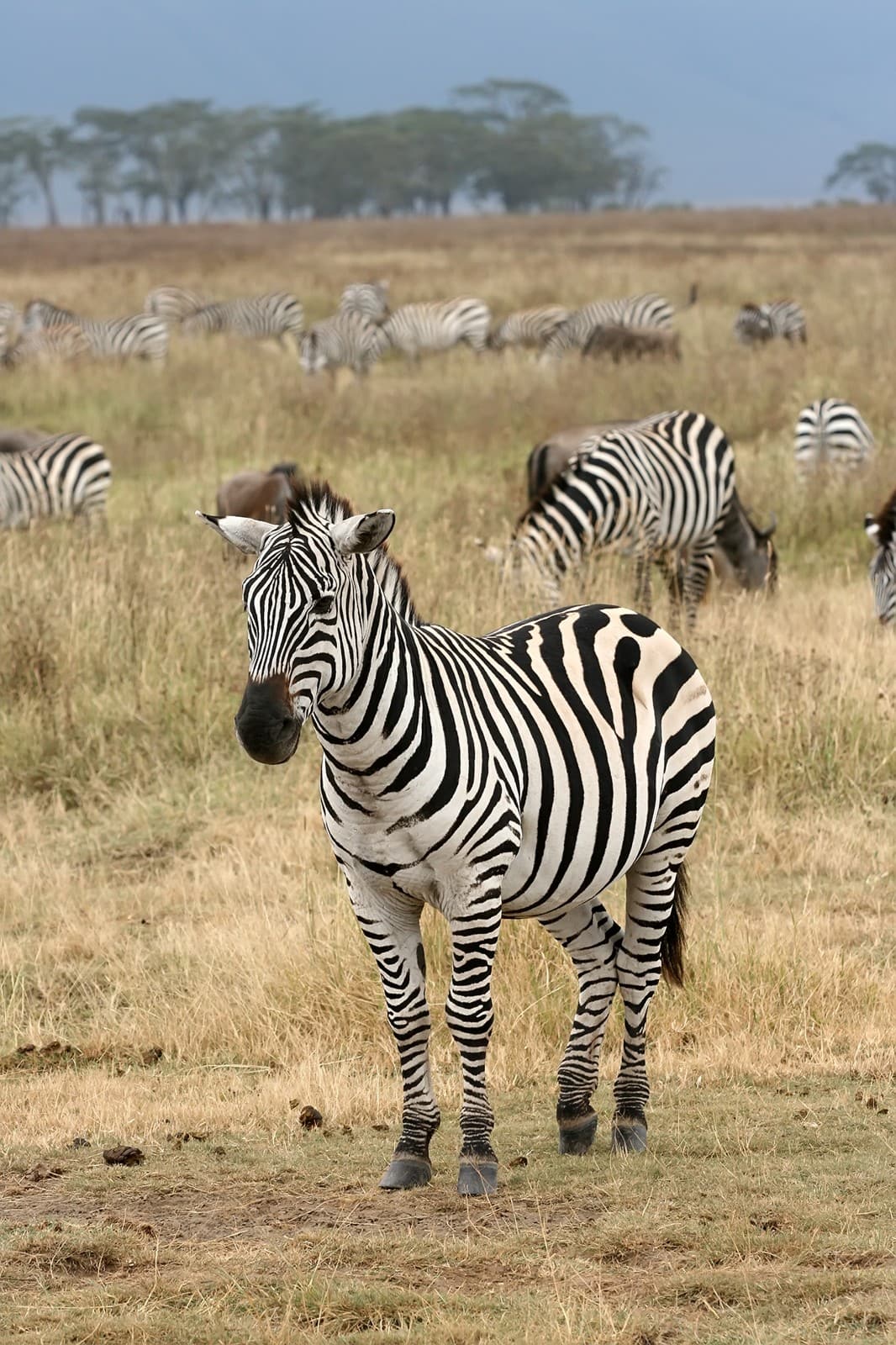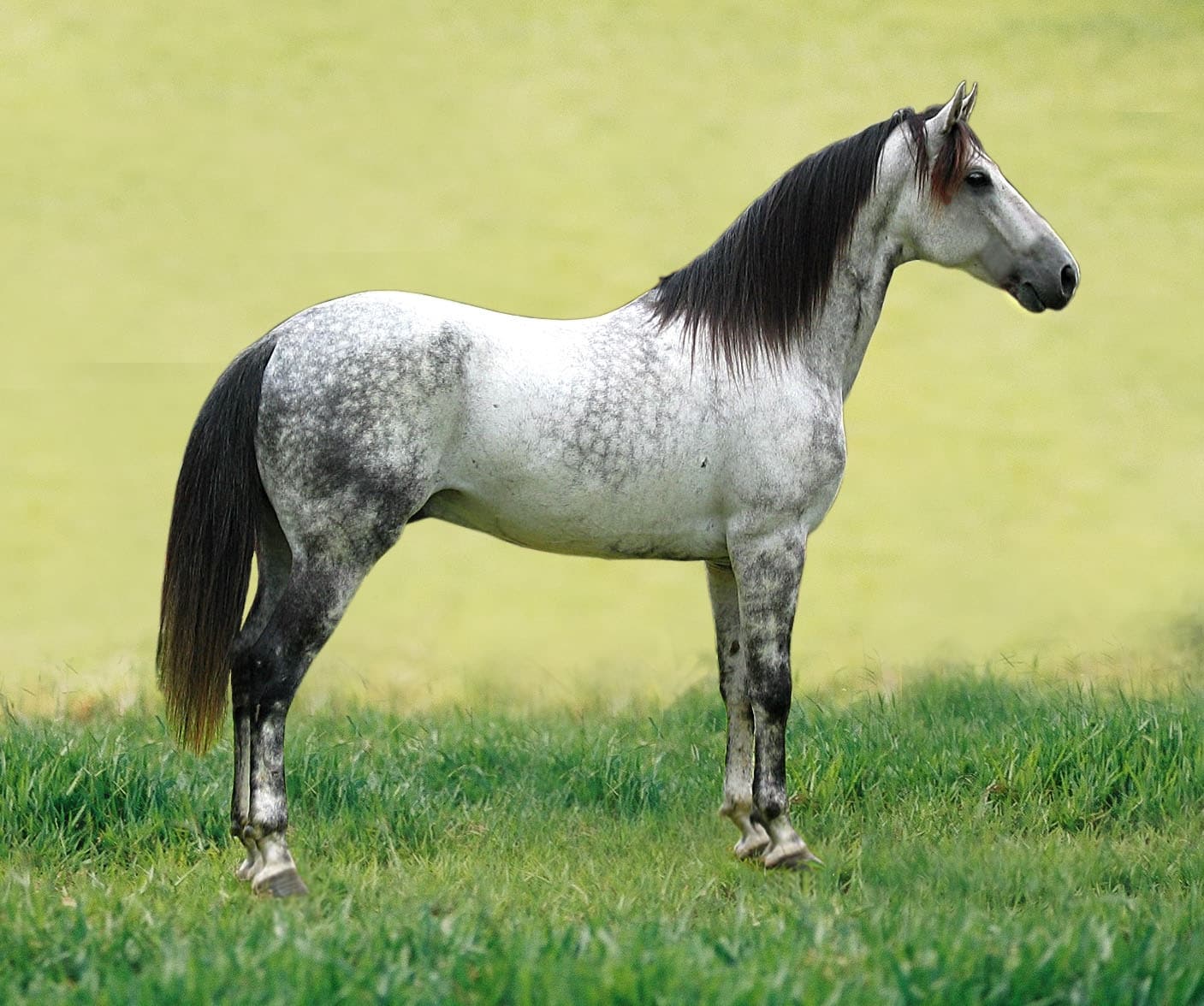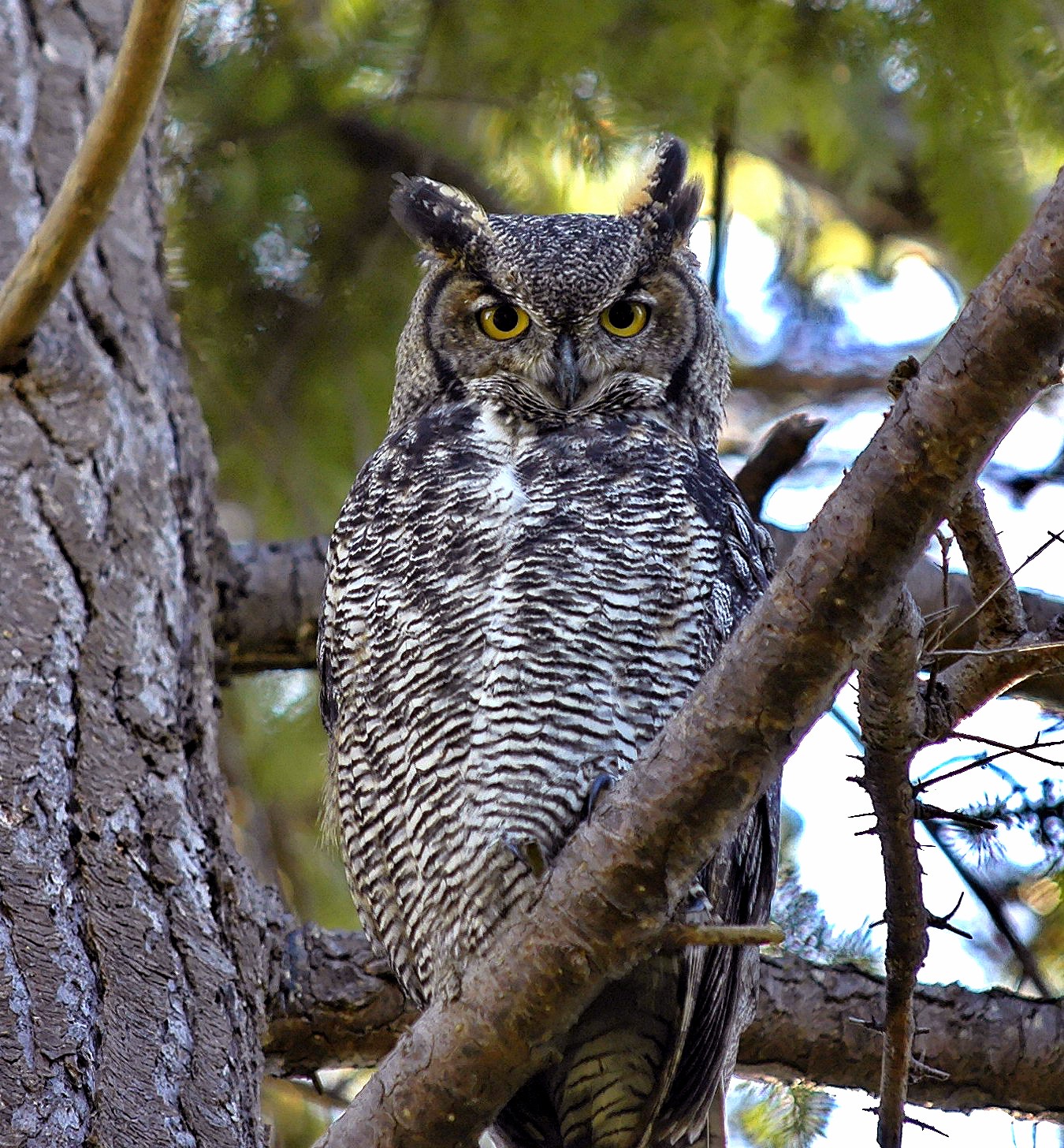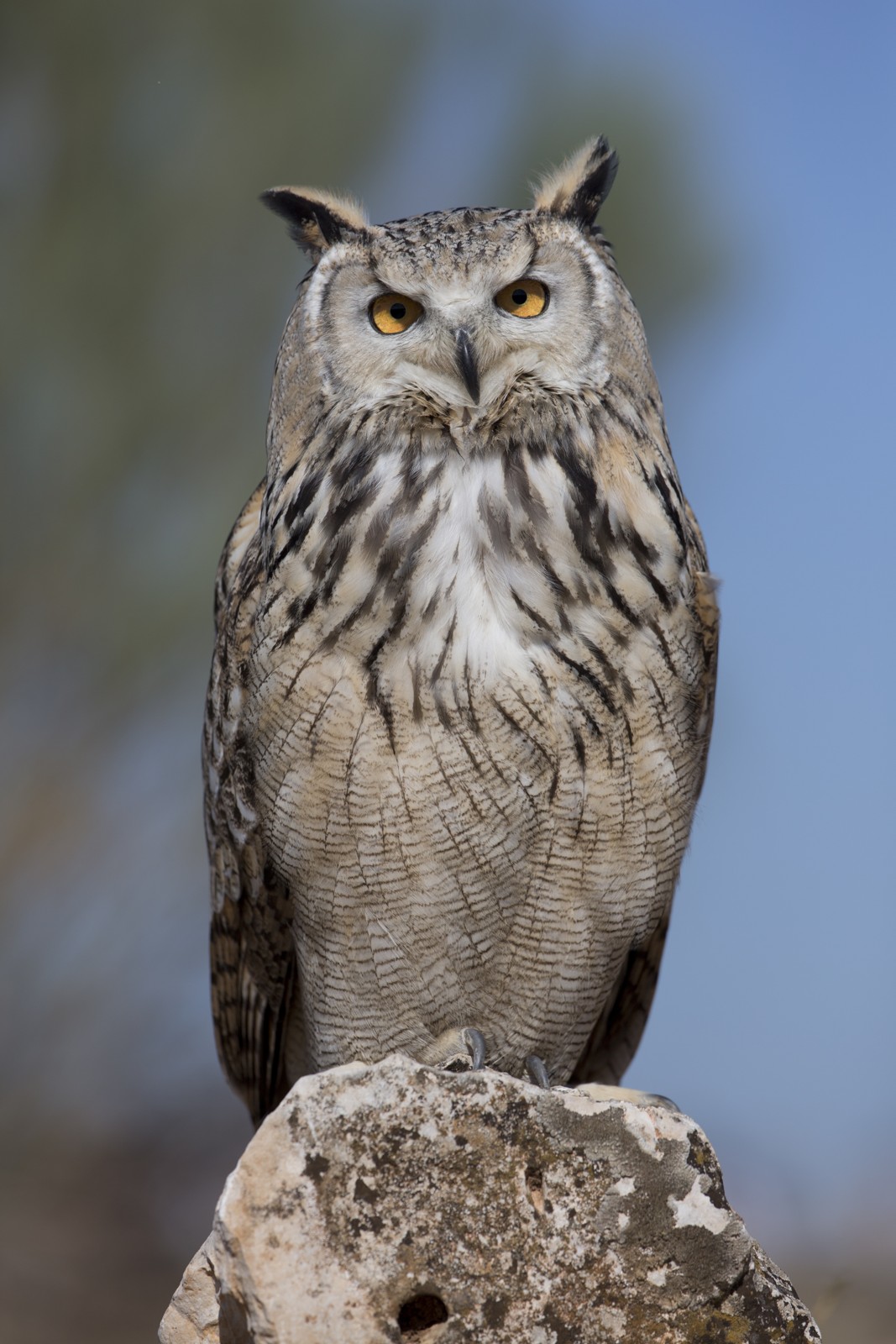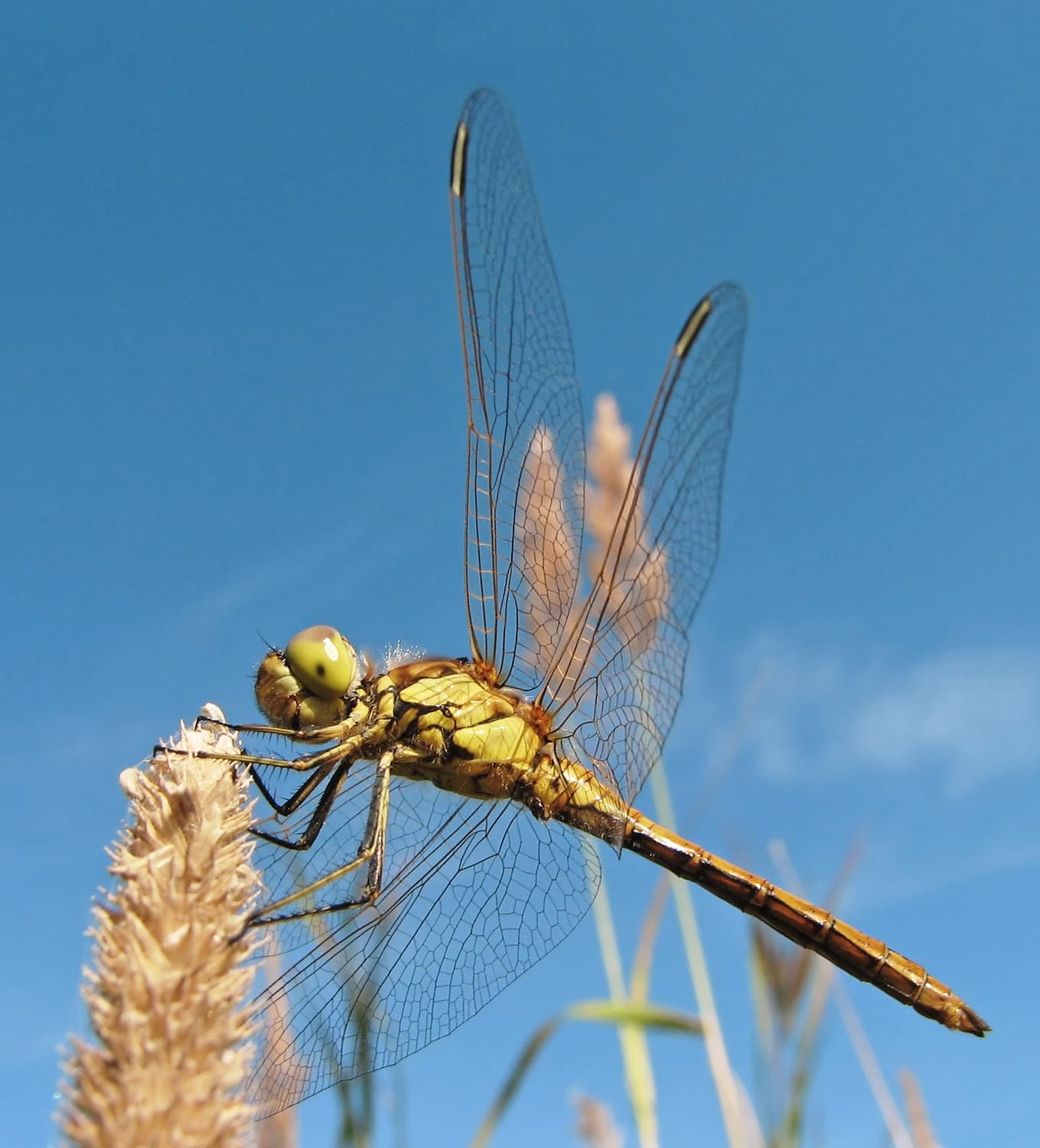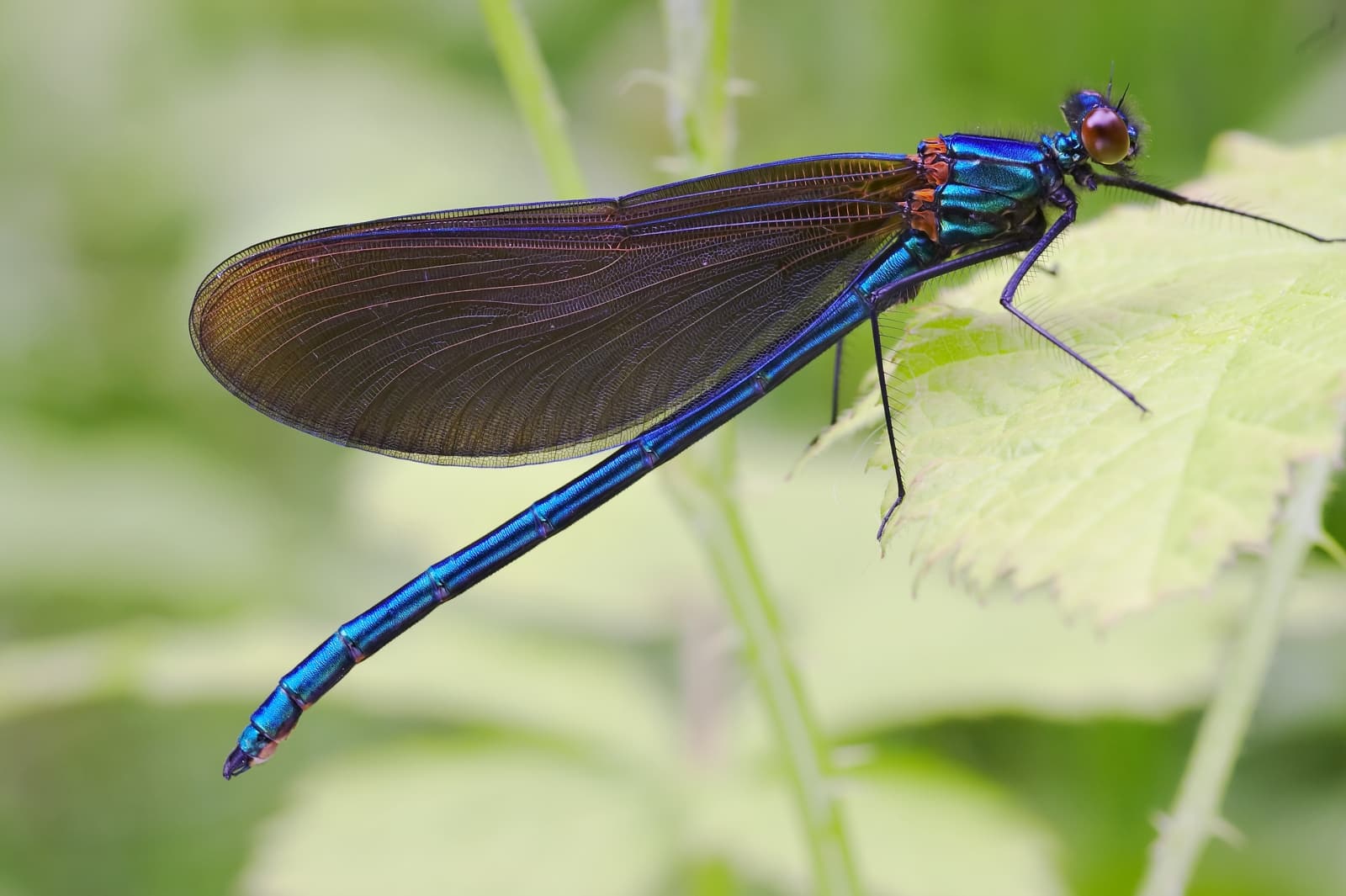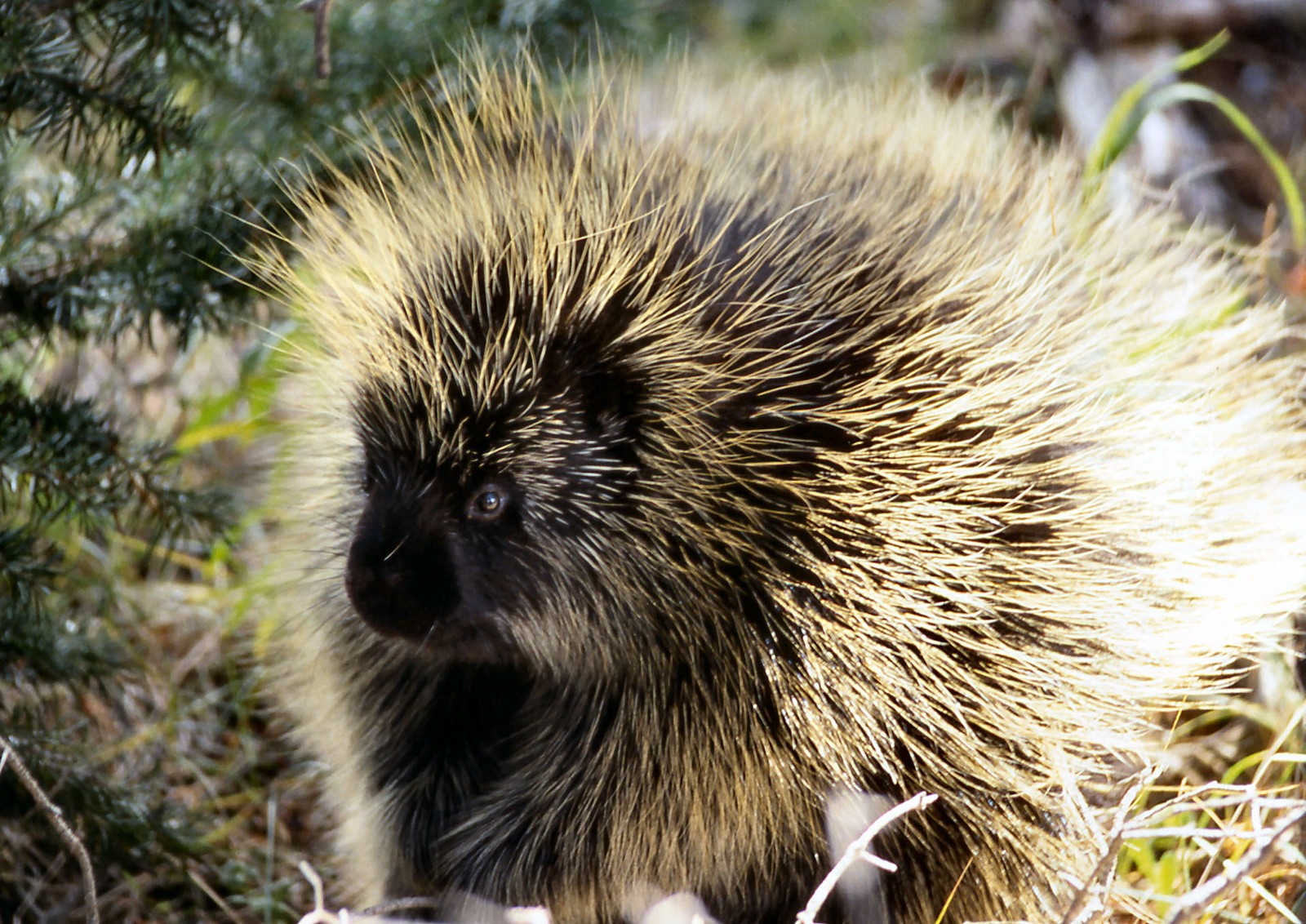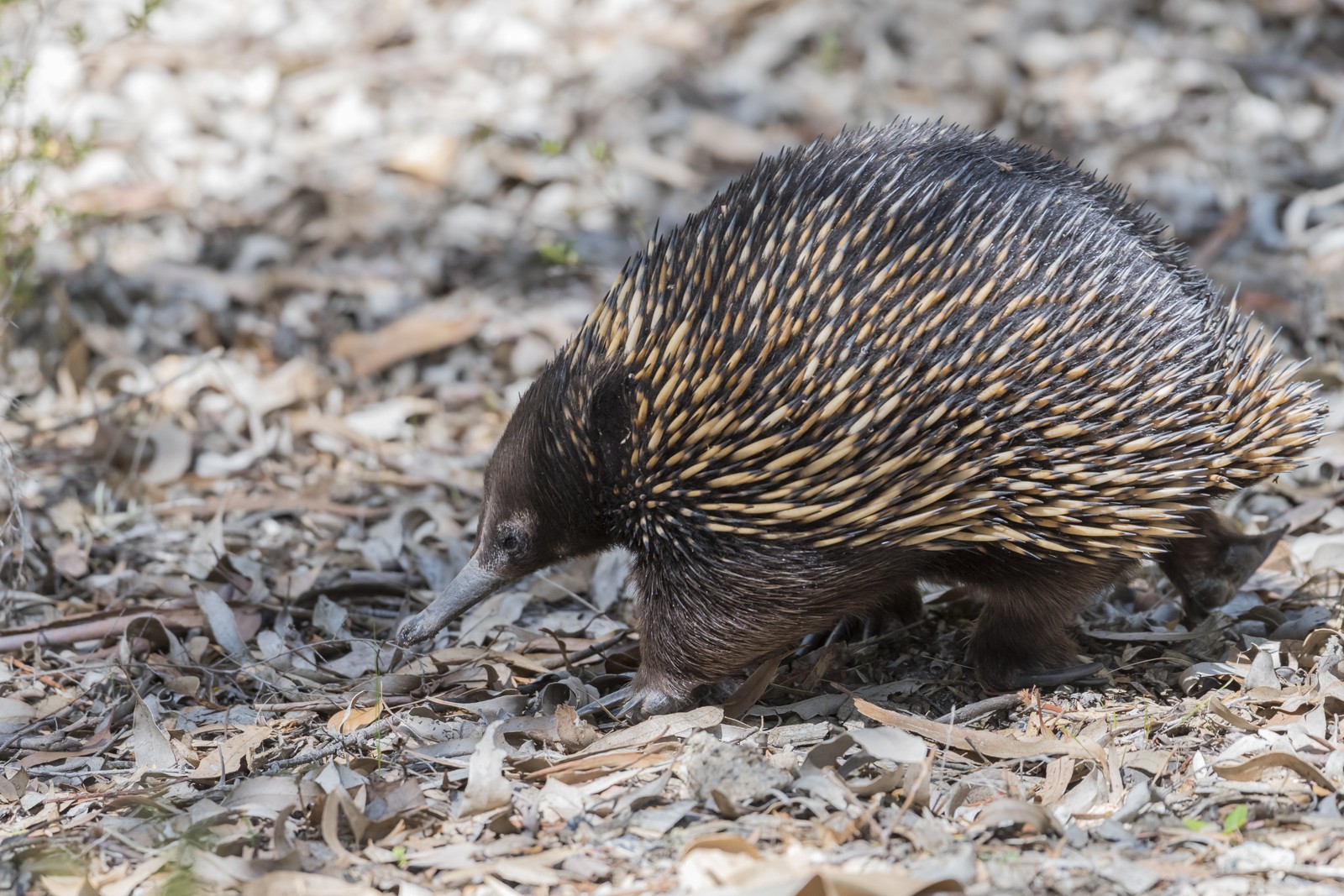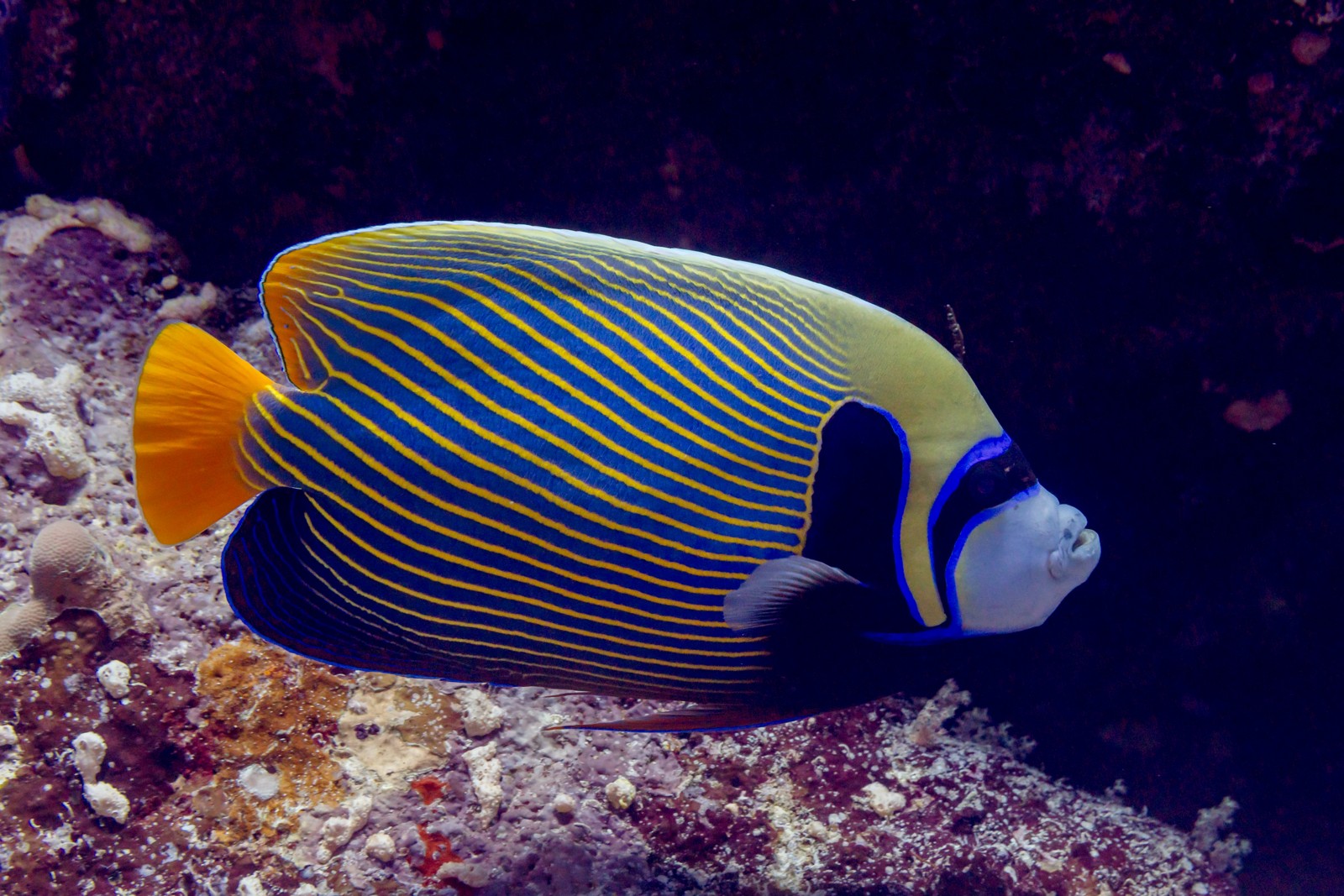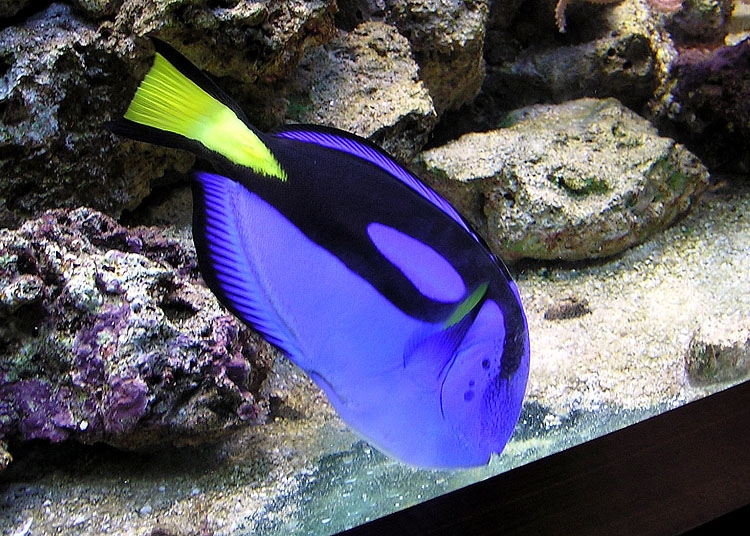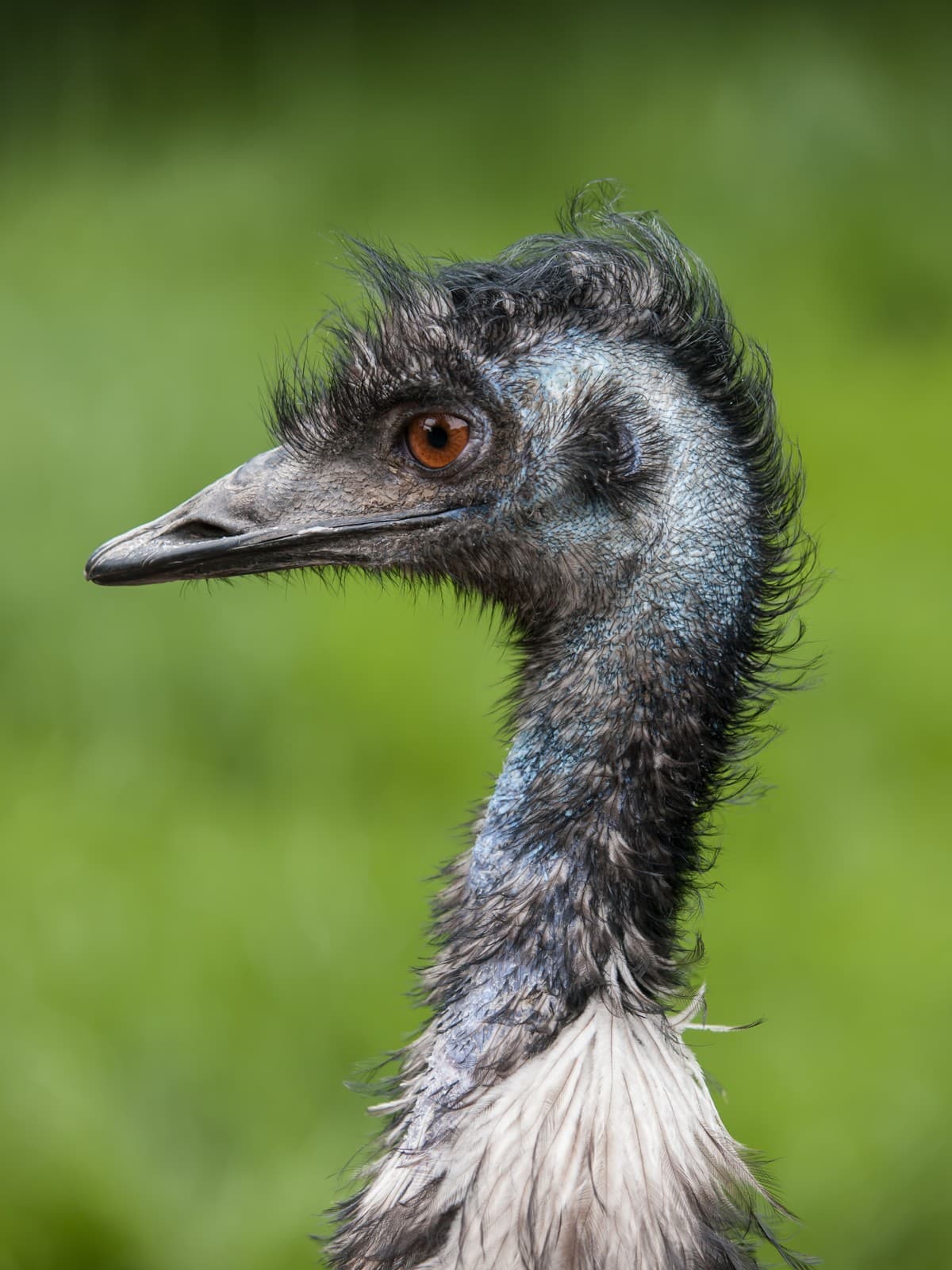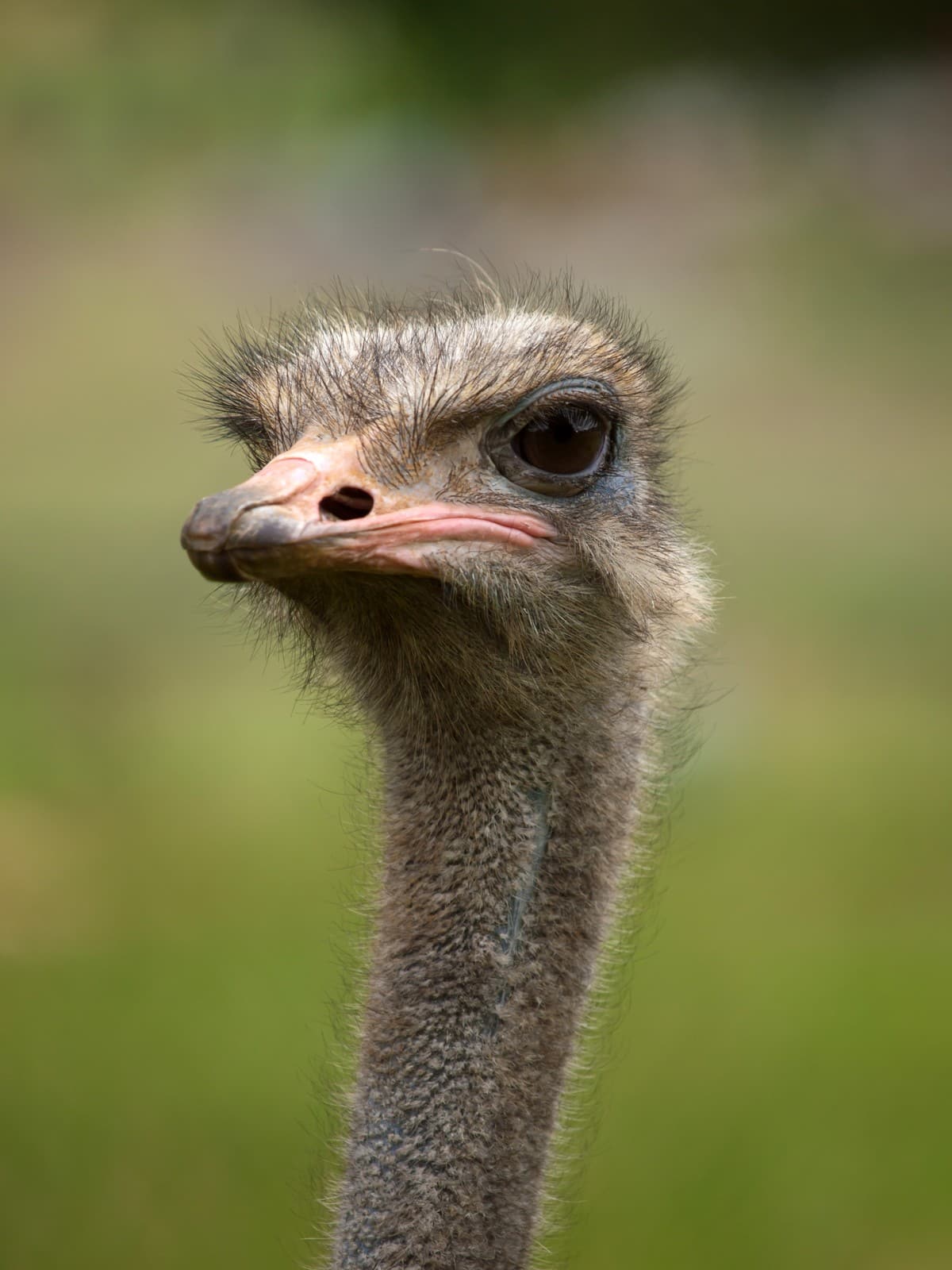Pony vs Horse: A Complete Comparison
The fundamental difference between a pony and horse extends far beyond simple size variations. While ponies generally measure under 14.2 hands (58 inches/147 cm) at the withers, this height distinction represents just one aspect of their unique characteristics. Ponies possess distinctly different body proportions, bone structure, and temperamental traits that set them apart from their larger equine cousins.
In comparing pony vs horse characteristics, ponies typically display thicker manes, tails, and coats, developed through centuries of adaptation to harsh climates. Their bodies feature shorter legs relative to their body depth, thicker bones, and broader chests – adaptations that contribute to their legendary hardiness and strength-to-size ratio.
Visual Comparison
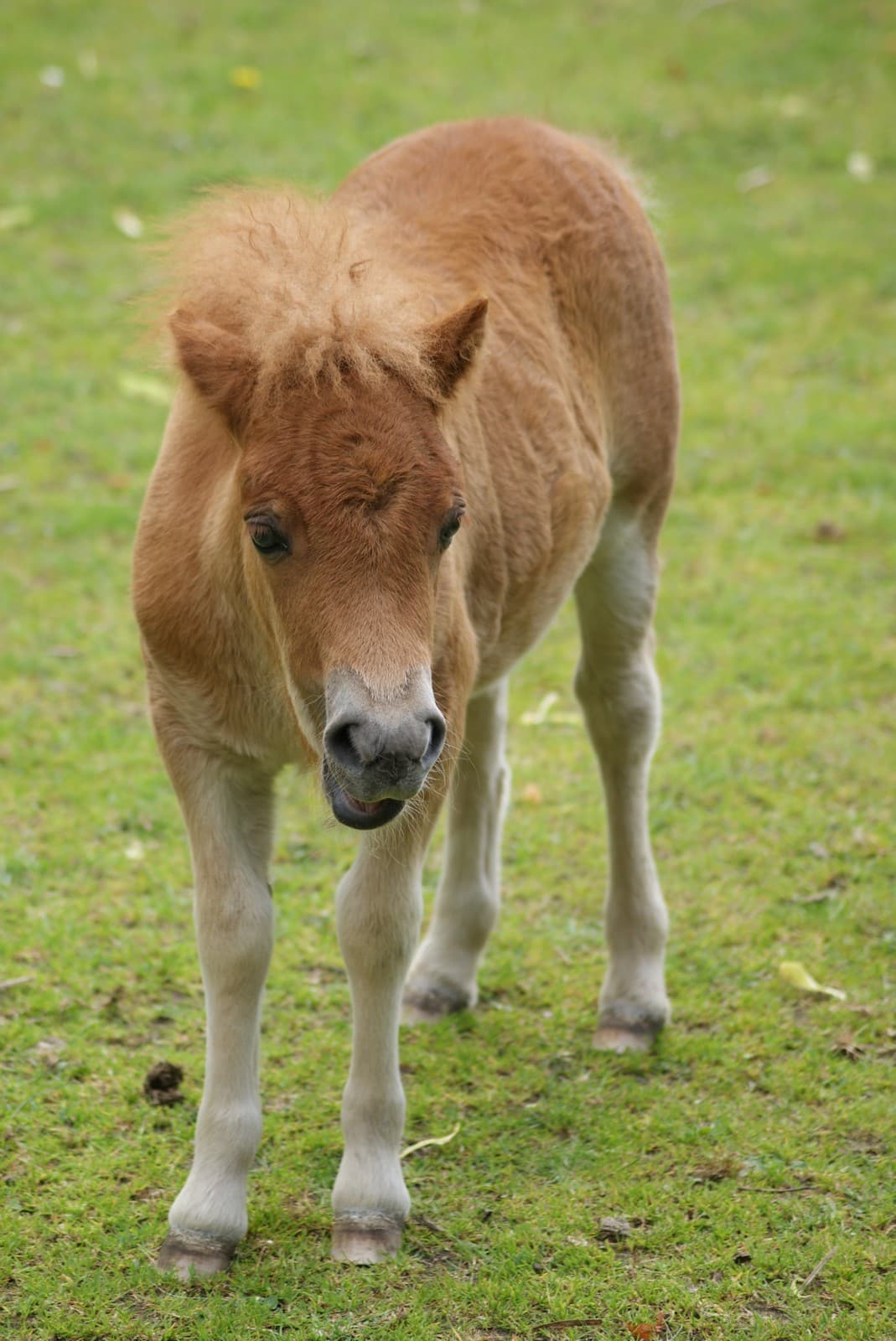
© NasserHalaweh / CC BY-SA 4.0
The Shetland pony exemplifies classic pony characteristics: compact build, thick coat, and sturdy legs. Note the proportionally shorter limbs and broader chest typical of pony breeds.
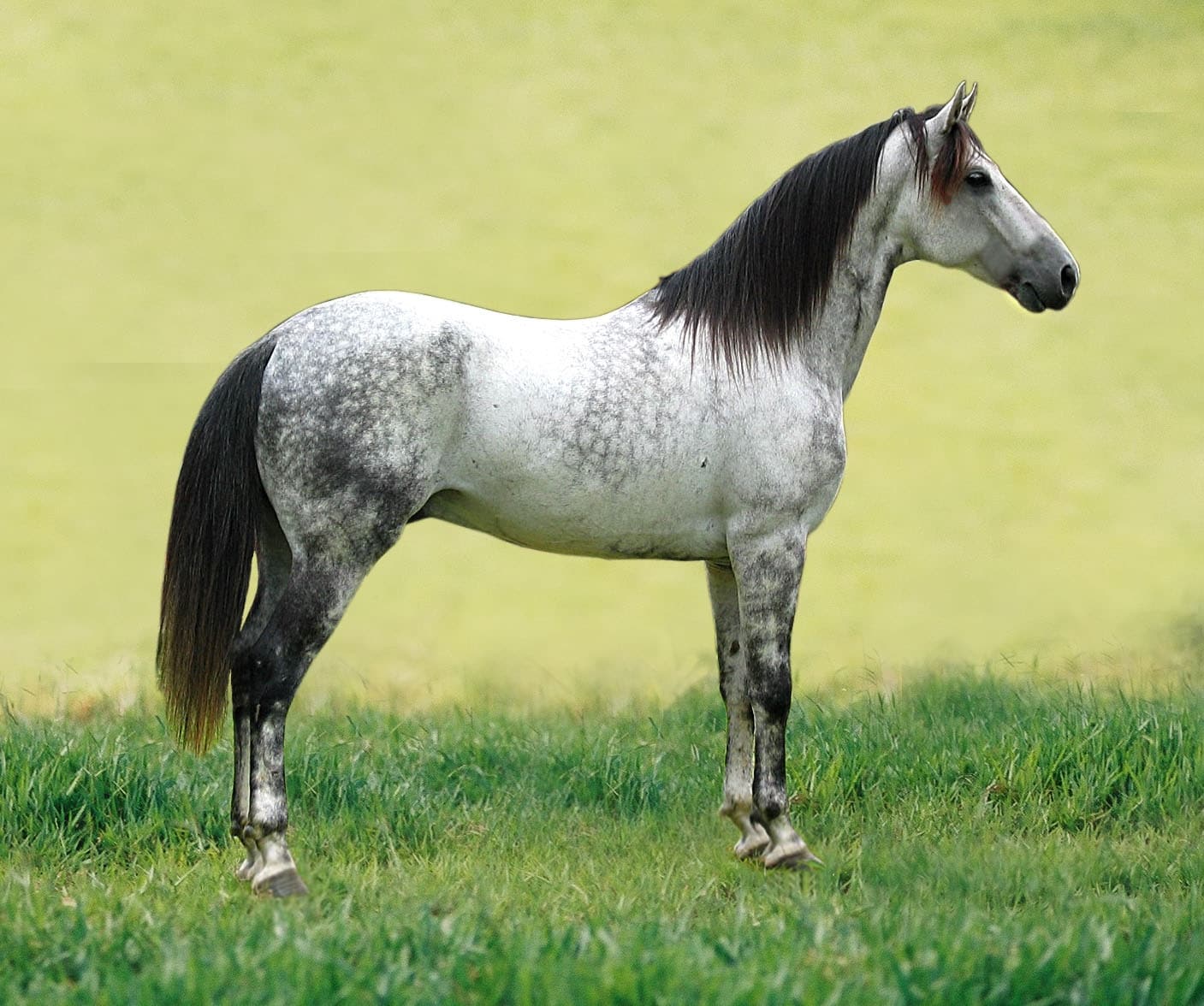
© No machine-readable author provided. Pbicalho assumed (based on copyright claims). / CC BY-SA 2.5
This Arabian horse demonstrates typical horse characteristics: longer legs relative to body depth, refined bone structure, and elegant proportions distinctive to full-sized equines.
Key Differences: Pony vs Horse
| Feature | Pony | Horse |
|---|---|---|
| Height | Under 14.2 hands (58 inches/147 cm) | Over 14.2 hands (58 inches/147 cm) |
| Build | Stockier with thicker bones | More refined with longer legs |
| Coat | Thicker coat with heavy mane and tail | Finer coat with smoother hair |
| Temperament | Generally more stubborn, clever | Typically more tractable |
| Proportions | Shorter legs relative to body depth | Longer legs relative to body depth |
| Metabolism | More efficient feed conversion | Requires more feed per pound |
Physical Characteristics and Build
Ponies evolved distinct physical characteristics that distinguish them from horses beyond mere size differences. Their barrel-shaped bodies and shorter legs create a more compact frame, enabling greater strength relative to their size. This unique build allows ponies to carry up to 20% of their body weight – often matching larger horses in pulling power despite their smaller stature.
Temperament and Intelligence
The temperamental differences between ponies and horses stem from centuries of selective breeding and environmental adaptation. Ponies typically display:
- Higher intelligence and problem-solving abilities
- More stubborn or independent nature
- Greater food efficiency
- Enhanced survival instincts
Working Capabilities and Uses
While both ponies and horses serve as working animals, their applications differ based on their unique characteristics:
Ponies excel in:
- Children’s riding programs
- Mining work (historically)
- Small-scale farming
- Therapy programs
Horses typically perform better in:
- Competitive equestrian sports
- Long-distance riding
- Heavy agricultural work
- Racing events
Health and Care Considerations
The robust nature of ponies often translates to fewer health issues and lower maintenance requirements compared to horses. However, ponies face unique challenges:
- Greater tendency toward obesity
- Higher risk of laminitis
- More pronounced “easy keeper” status
- Specific dietary restrictions needed
Horses generally require:
- More frequent feeding
- Greater feed quantity
- More structured exercise regimens
- More specialized shoeing care
Lifespan and Development
Ponies typically enjoy longer lifespans than horses, often living 30+ years compared to the average horse lifespan of 25-30 years. Their hardier constitution and more efficient metabolism contribute to this longevity advantage, though both species require proper care to reach their full life expectancy potential.
